Yarm is one of Teesside’s most popular and historic towns.
Traditionally over the border in North Yorkshire, today it is still part of Stockton Borough Council, and known for its independent shops, cafes, pubs and riverside walks.
The town is pretty old, and was mentioned in the Domesday Book of 1086, originally an offshoot of nearby Kirklevington.
Naturally, given this long time period, there have been many important moments in its history. Here are ten of the most important:
12th Century – Yarm Port Opens

Yarm, believe it or not, was once the most important port on the River Tees. Despite being some 11 meandering miles inland from the North Sea, it was the closest point that the river could be bridged, and was a central point at which local landowners could bring their goods to be shipped to market.
These included wool, which was an important local produce. It would later include bacon, cheese, butter, paper, leather and coal.
Yarm was also a place which goods were brought in to from the Continent.
Wharves existed around the town to load and unload ships, and the port existed until successive ports in Stockton and then Middlesbrough were built from the early 1800s.
1286 – Dominicans Arrive
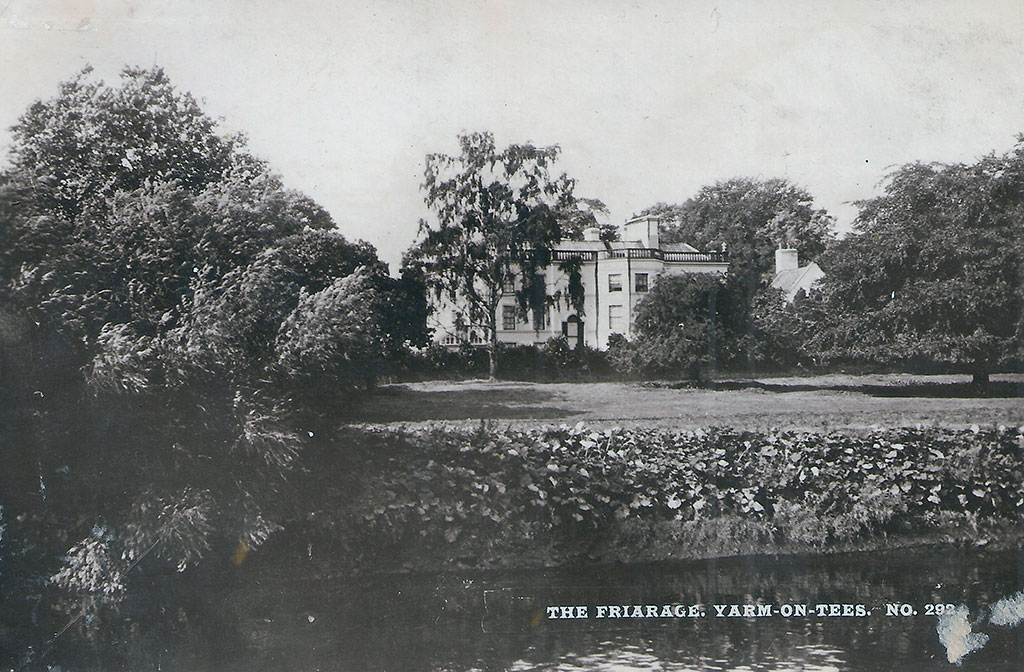
Dominican Friars arrived in Yarm around 1286 and settled lands at the southern end of what is now the High Street.
They opened a hospital nearby, the perimeter wall of which still stands on Leven Road, marked with a blue plaque.
The current Friarage building was built in 1770 on the site of the original friary. This building later became Yarm School, and its still stands today.
1400 – Stone Bridge Built
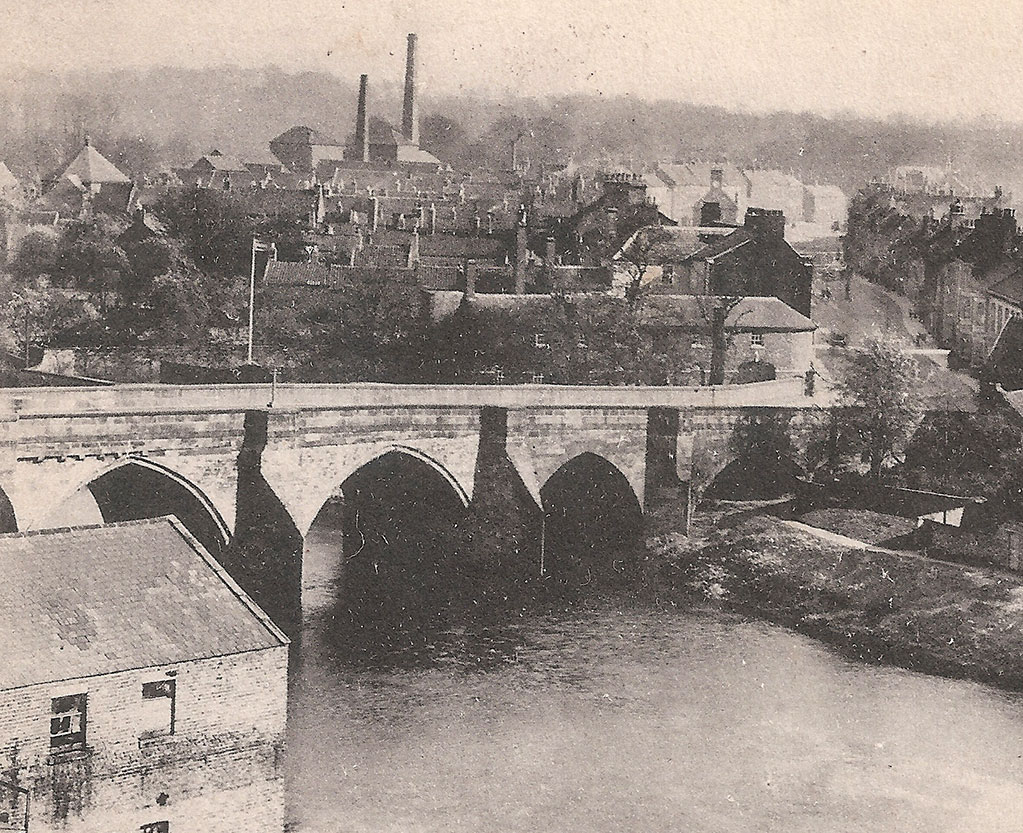
Yarm is an important crossing point of the River Tees, which loops around the town. A stone bridge was built by Bishop Skirlaw of Durham in 1400 allowing easy passage from County Durham into North Yorkshire.
Although modified slightly, this is the bridge which still stands today.
1st February 1643 – Battle of Yarm Bridge

Yarm Bridge (c) Andrew Reed
The Civil War was in full swing and, on 1st February 1643, a contingent of Roundheads tried to stop the progress of Royalist arms as it headed south.
This came to a head at Yarm Bridge, where gun emplacements and barricades had been put in place.
The Royalists were victorious, with 30 Roundheads killed and many more sent to prison in Durham.
The skirmish did, however, led to one of the bridge’s arches being removed and a drawbridge put int its place. You can see where this was today, with the rebuilt stone arch being a slightly different style to the original arches.
1674 – First Yarm Fair Held
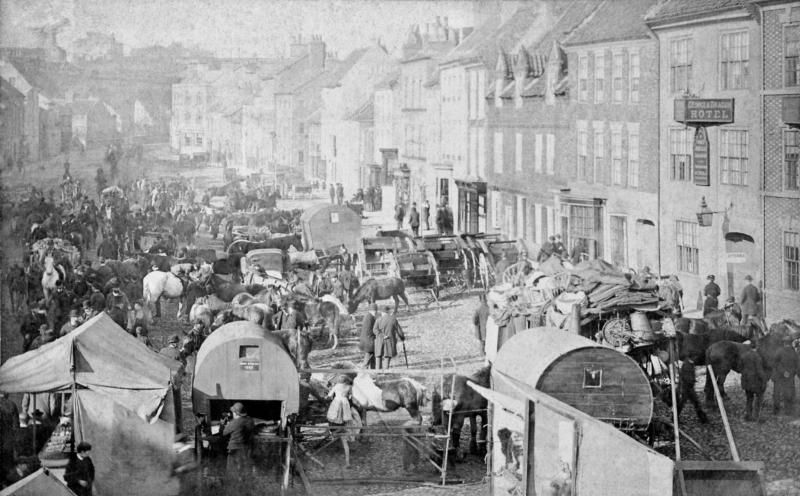
King Charles II issues a charter to allow Yarm to hold four fairs each year, alongside a weekly market on a Thursday which had been granted by King John in the 1200s.
Fairs were intended for the sale of cattle, sheep, horses and cheese from local agricultural owners.
Following World War II, and certainly by the 1970s, sales of animals had ceased and instead, Yarm Fair became a place of entertainment. Musicians, acrobats and showmen would ply their trade, and later funfair rides would be added.
Today the fair is just as popular, and held every October.
1710 – Town Hall Opened
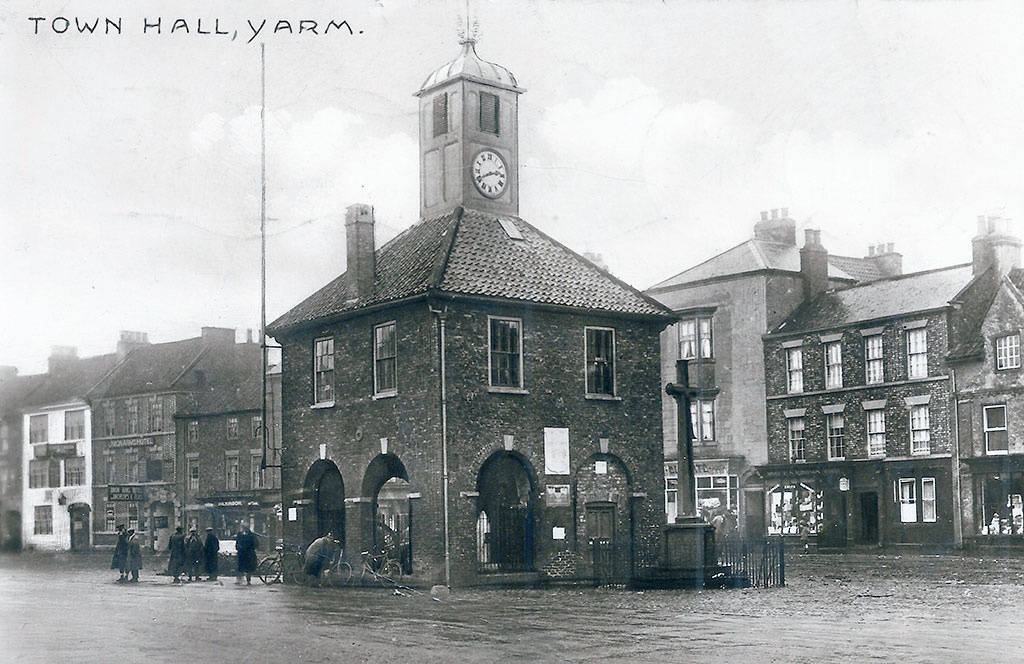
The current Town Hall in the centre of the wide High Street was opened in 1710. It replaced an older toll booth on the spot.
Famous for its eight arches, it once held a weighing machine on the ground floor. Later blocked up to allow toilets to be built, the Town Hall has now been redeveloped again to open up the ground floor space.
1763 – Yarm Methodist Chapel Built
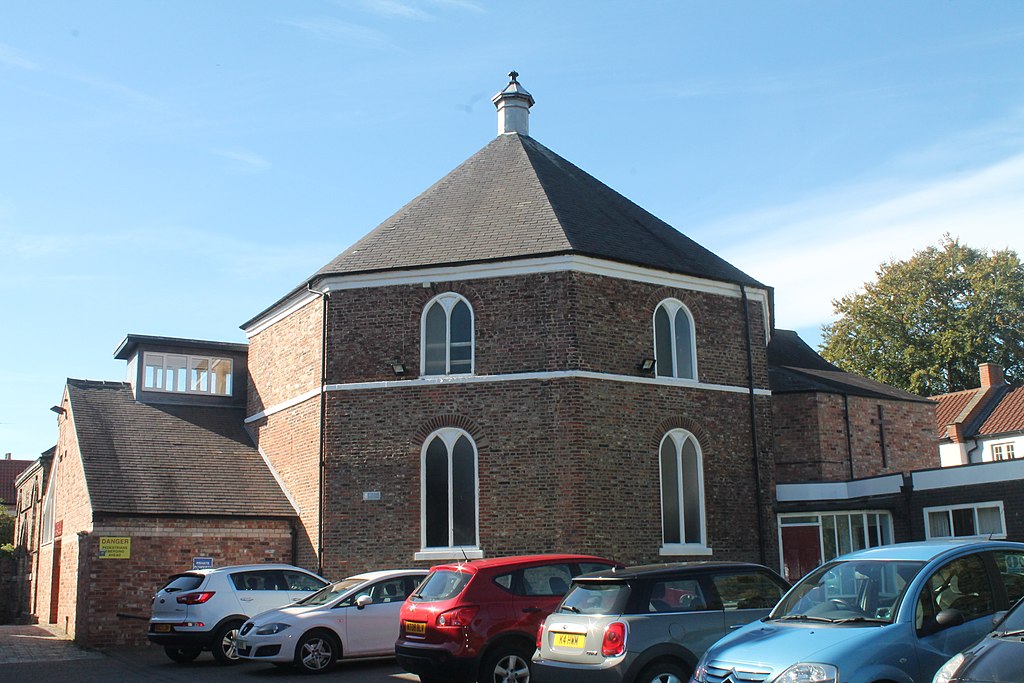
Lee Bunce, CC BY 4.0 <https://creativecommons.org/licenses/by/4.0>, via Wikimedia Commons
Often described as John Wesley’s favourite chapel, Yarm Methodist Church is one of fourteen octagonal chapels built across the country in the 1700s.
It is situated just behind the High Street along Chapel Yard, and is one of the town’s most elegant buildings.
If you get a chance to go inside, you’ll see the unique shape of the stalls and seating.
16 November 1771 – Great Yarm Flood
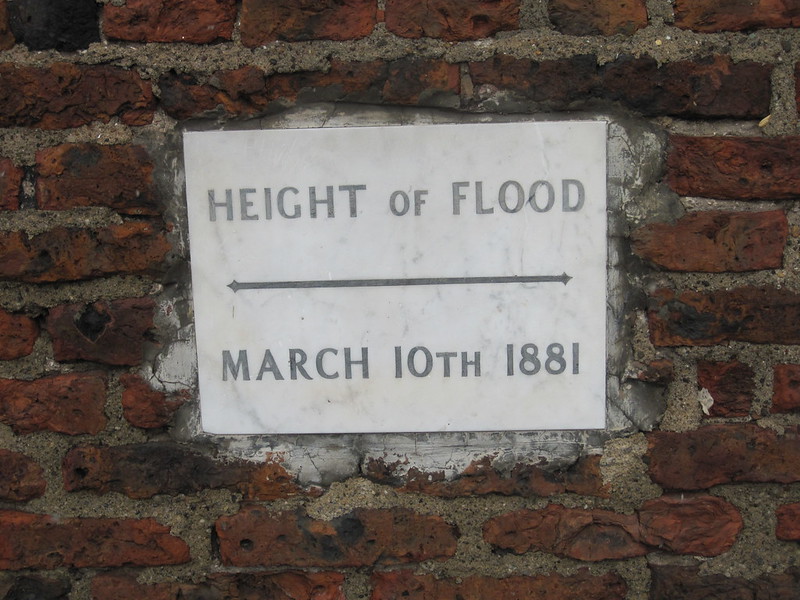
Yarm’s position surrounded by the River Tees has meant it is prone to flooding. Various floods have occurred over the years, and in the 1990s and 2000s various flood defences were built to reduce the risk to property and the High Street.
The worst flood to hit Yarm occurred on the night of 16-17 November 1771. Heavy rain and melting ice combined to cause the river to flood its banks. The High Street was up to 20ft deep in water, with much damage to property. Nine people lost their lives.
Walk around Yarm today and you’ll see a few markers on the Town Hall and other buildings to show the heights different floods reached.
12 February 1821 – Stockton & Darlington Railway Bill
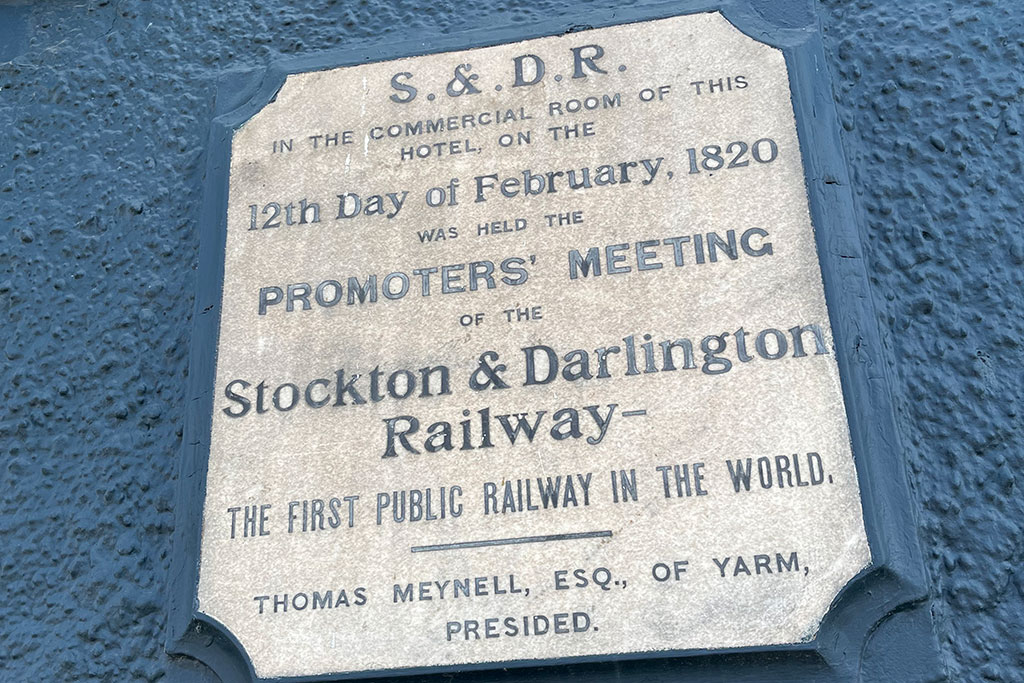
Everyone knows the world’s first public railway belongs to the area. However, despite not being on the route of the track, Yarm played an important part in it coming into being.
A meeting held at the George & Dragon Pub on 12 February 1821 saw a bill passed to allow the railway to be built. It opened in 1825.
1852 – Yarm Viaduct Opened
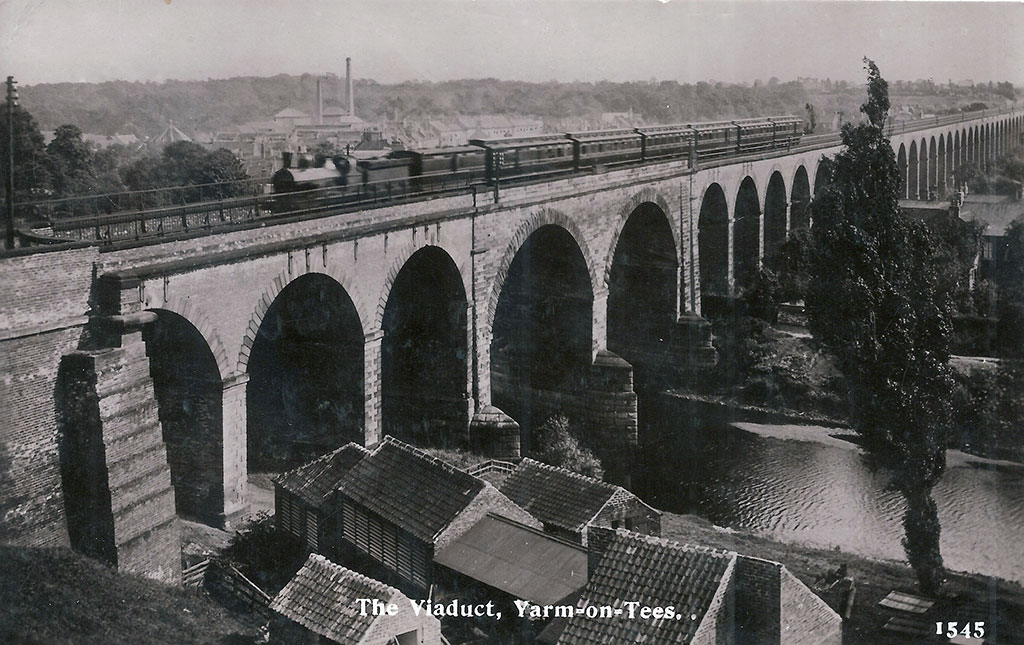
By far the most iconic feature of Yarm today is its viaduct which transports the railway right overhead the buildings and river.
Construction started in 1848 and the 43-arch, 695 metre long bridge was opened on 15th May 1852. It originally served the Leeds & Northern Line.

